1
The Rottweiler is descended from ancient Roman drover dogs.
This breed’s ancestors were the drover dogs used by the Romans to drive cattle and protect their camps. They accompanied the Roman legions as they invaded southern Germany and helped establish the town of Rottweil, which gave the breed its name. Their sole purpose was as highly disciplined herding and security dogs for many centuries. The modern Rottweiler breed was revived in the early 20th century from this ancient lineage. Adding to one of the most astonishing Rottweiler facts.
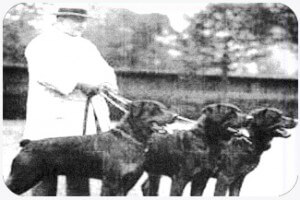

2
The Rottweiler was almost extinct after World War II.
The Rottweiler was almost extinct after World War II. In the breed’s early history, by the late 1940s, the Rottweiler had dwindled down to only about 12 dogs remaining after the devastation and food shortages caused by WWII. Thanks to the dedicated efforts of devoted breeders, the Rottweiler was gradually brought back from the brink of extinction during the post-war years through very selective and careful breeding programs designed to rebuild the population from the limited gene pool left. The breed’s revival from those precarious numbers is a remarkable story of perseverance in preserving this iconic working dog breed.
3
A Rottweiler won the prestigious Crufts title in 1999.
For over 100 years, the Crufts dog show has been held annually to celebrate and honor remarkable dogs and breeds. In 1999, a Rottweiler named “Ch Archbach Laughingstock” not only won the Working Group category but was awarded the coveted “Best in Show” over all other cometitors, showcasing his perfection to the breed standard.
4
Rottweilers were historically used for bear hunting.

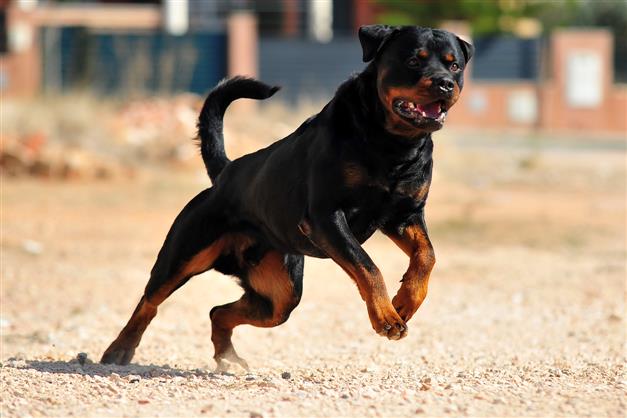
In addition to their herding duties, the fearless and powerful Rottweiler was also employed by early German communities to hunt bears and wild boar. Their strength, endurance and courageous spirit made them well-suited for bringing down these large, dangerous animals that threatened livestock and people. The Rottweiler’s bear-hunting role was considered very important work.
The Rottweiler’s role in bear and boar hunting served as a testament to their valor and tenacity, qualities that have become deeply ingrained in the breed’s character. These imposing canines would track and pursue the formidable prey, cornering and subduing them with their powerful jaws and muscular builds.
5
Rottweiler Facts: They were used as military dogs and police K9s.

Throughout history, the Rottweiler’s strength, intelligence and protective instincts have made them valuable contributing members of military forces and law enforcement. They have been relied upon for operations like scouting, tracking, security detail, search and rescue, and specialized apprehension roles.Their unwavering loyalty, coupled with their natural guarding abilities, has rendered the Rottweiler an indispensable asset in various high-stakes scenarios, where their presence can mean the difference between life and death.
6
Famous Rottweilers include feature films and commercials.
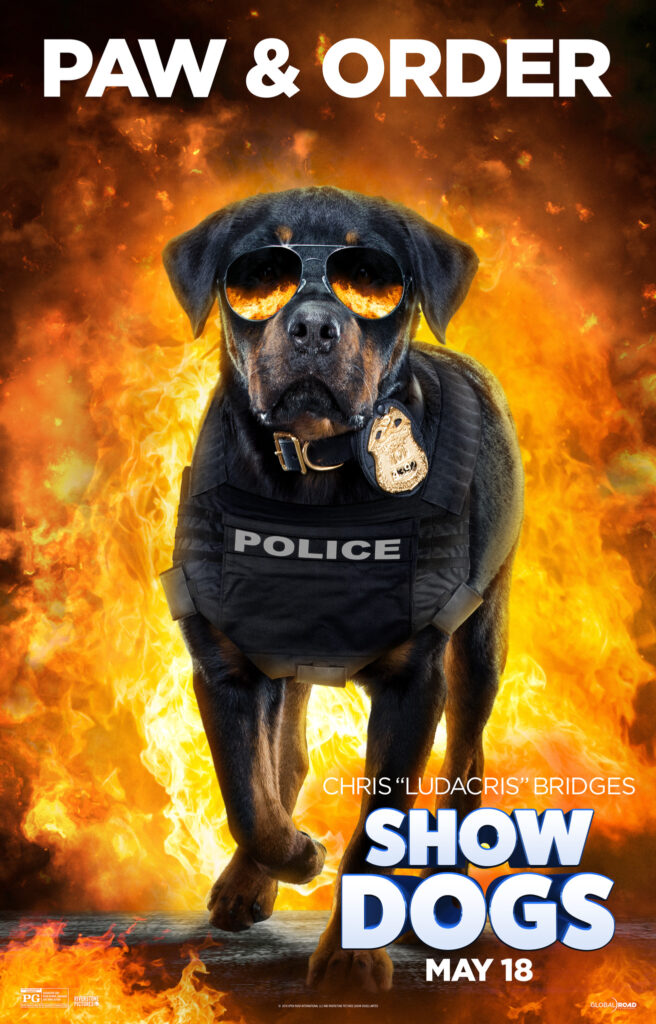
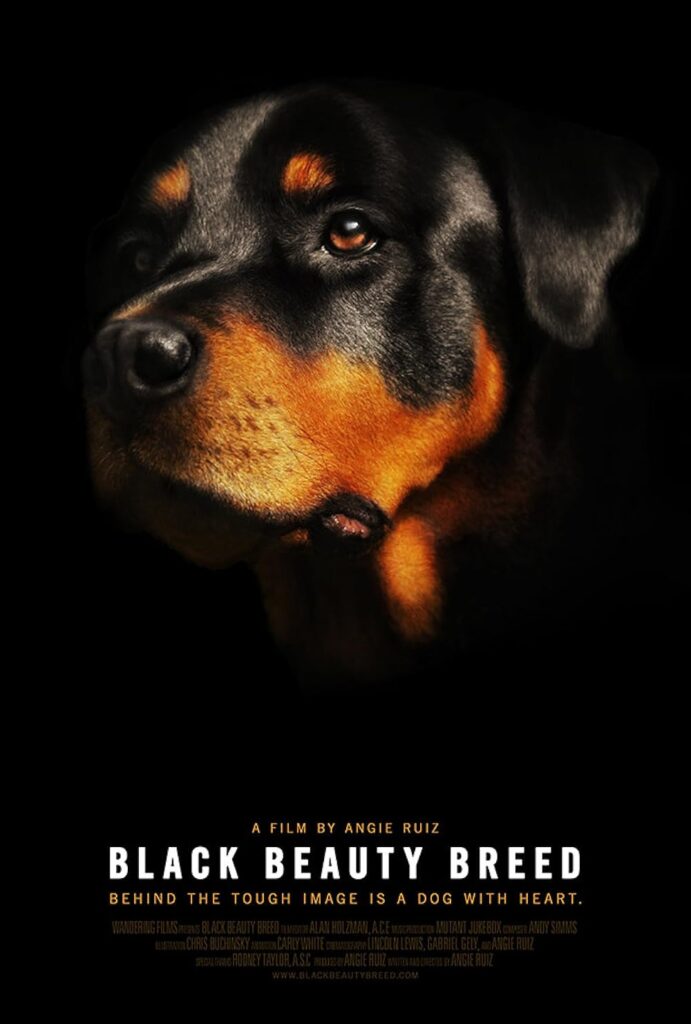

Some of the most well-known pop culture Rottweilers include “Zeus” the heroic police dog from the Hulk movie, the IAMS pet food commercial dog “Brock”, the Rottweiler puppy in Beverly Hills Chihuahua, and the unstoppable “Zoe” guard dog from the Sesame Street children’s films. On-screen Rottweilers are often chosen to portray skilled guard dog roles.
7
The Rottweiler’s distinctive markings are a defining trait.
One of the most recognizable characteristics of the Rottweiler breed is their black and tan markings. Specific areas like the muzzle, cheeks, chest, legs and underside should all exhibit the mahogany tan coloration, with the rest of their coat being solid black. These markings evolved to help identify the breed and their working purpose.
8
Rottweilers have faced bans and restrictions in some regions.
Due to a combination of factors including their guarding instincts, highly protective nature around families, and capability for jaw strength, some cities and towns have sought to ban or heavily restrict Rottweiler ownership. Proponents argue this is necessary due to a misunderstood reputation of the breed being dangerous.
9
Tailless Rottweilers are not actually “purebred.”
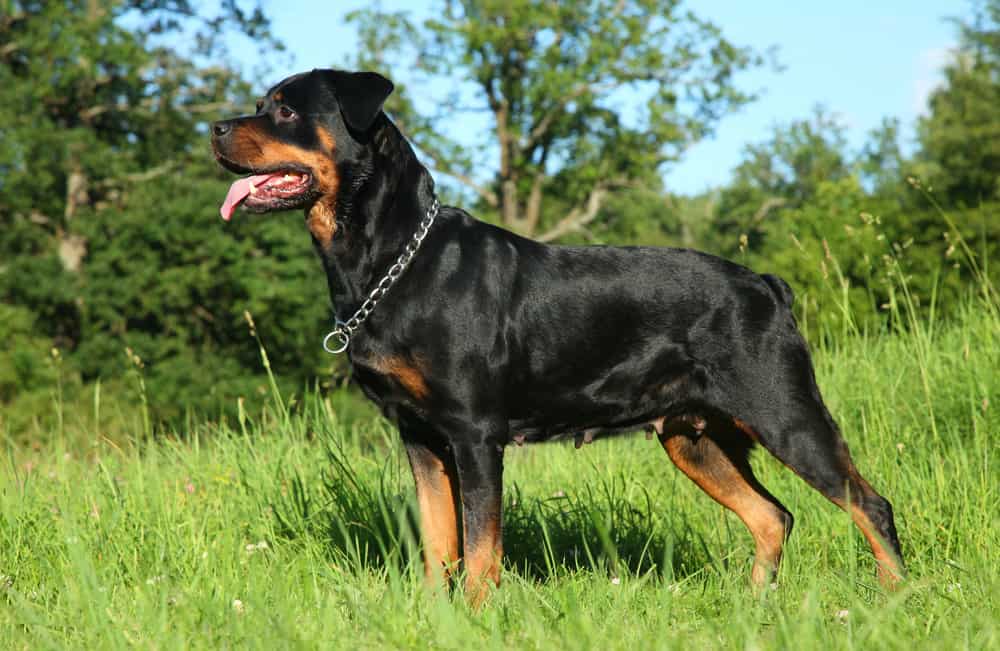
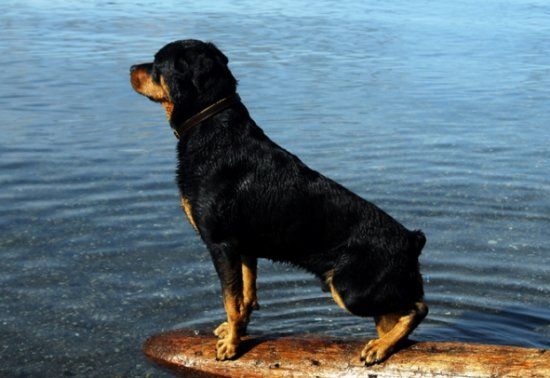
Among other interesting rottweiler facts is that according to the official Rottweiler breed standard, Rottweilers should have a short, straight tail that extends no longer than six inches. Rottweiler puppies born without a tail from birth or that require docking are considered a “fault” or imperfection, not a true purebred representation of the breed’s traits. Responsible breeders avoid breeding tailless Rottweilers.
10
The Rottweiler is an AKC recognized breed ranked 8th in popularity.
According to the American Kennel Club’s annual rankings, the loyal and versatile Rottweiler has consistently placed among the top 10 most popular dog breeds owned as family companions and home guardians. Their intelligence, work ethic and protective natures resonate well with owners.
11
Rottweilers shed heavily for portions of the year.
While their black and tan coat is relatively short and smooth, Rottweilers do experience intense periods of seasonal shedding during the Spring and Fall months. This requires regular and dedicated brushing during those heavy shed cycles to stay ahead of loose hair accumulating all over furniture and carpets.
Failure to brush a Rottweiler consistently during shedding season can lead to excessive hair buildup and mats in their coat, which can cause skin irritation and discomfort for the dog. Regular brushing not only helps control shedding but also distributes the natural oils in their coat, promoting a healthy shine and appearance. Added to other interesting Rottweiler facts, this grooming routine provides an opportunity for bonding between the owner and their furry companion, strengthening the relationship.
12
Rottweilers are considered one of the oldest herding breeds.
With a lineage dating back to the Roman cattle herding dogs over 2,000 years ago, the Rottweiler is one of the most ancient breeds developed specifically for driving and controlling livestock over long distances. Their working role relied on being highly intelligent, obedient to their masters, and capable of enforcing order on stubborn animals.
13
A Rottweiler has more biting power than some sharks.
With that bone-crushing bite force reaching up to 419 PSI, a Rottweiler can actually bite harder and exert more power than some smaller shark species like the Bull shark (285 PSI). Apex predators like the massive Great White shark are truly in a different class with a scientifically estimated bite force over 4,000 PSI.
Rottweilers also have one of the strongest bites of all dog breeds. With an incredibly powerful Rottweiler dog bite force , only a few other breeds like the Kangal and Mastiff are potentially stronger. This is one of the top bite strengths in the animal kingdom, even exceeding that of lions and bears. Their bite was bred for functional purposes, not just intimidation.

14
The Rottweiler breed has been completely restructured.
By the late 1800s, the Rottweiler’s original function as a cattle herder had diminished significantly with the emergence of new transportation methods. In order to preserve the breed, early enthusiasts transformed the Rottweiler into an elite guarding dog able to display its strength, endurance, and courage at prestigious events and exhibitions. The list of interesting Rottweiler facts will make you fall in love with the breed the more you learn about them.
15
The Rottweiler’s “bear” name origins are unclear.
While the name “Rottweiler” means “Rottweil dog” from the German town where they first became an established breed, some historians believe their name may actually derive from the German words meaning “bear dogs.” This could refer to their role in hunting bears, their bear-like resemblance, or perhaps a combination of both factors.
16
Rottweilers are territorial guard dogs by nature.
As a breed developed to drive and control livestock while also protecting property, the Rottweiler has an innate territorial instinct and guarding mentality. They will form a strong attachment and bond to their owners and family while seeing it as their duty to distrust and challenge any strangers entering their perceived home domain or personal space.
17
Proper Rottweiler training requires an experienced handler.
While incredibly loyal companions, the Rottweiler’s strength, guarding tendencies and headstrong nature require owners who can establish the respectful “pack leader” role early on. Their size and power demands structured obedience training from an experienced dog handler to ensure well-behaved socialization with the public.Rottweilers have impressively high drive and activity needs.
As a powerful working breed originally created for demanding physical labor herding livestock, the Rottweiler requires a very high level of daily exercise and mental stimulation. Without sufficient physical and psychological outlets, they are prone to developing obsessive, destructive behaviors out of sheer boredom and restlessness. You need to remember this important point, among other important Rottweiler facts, if you are planning to adapt one.